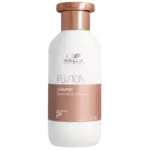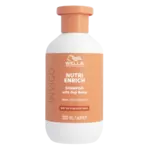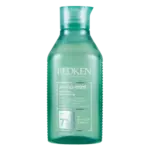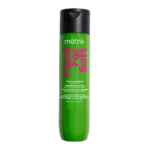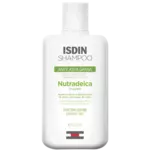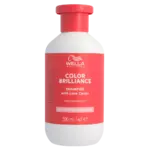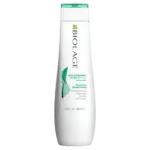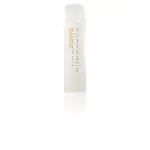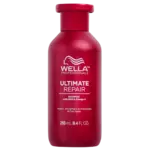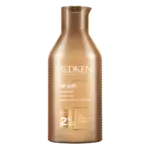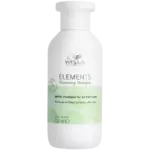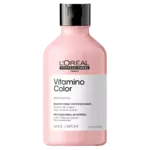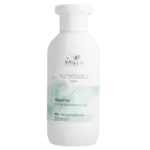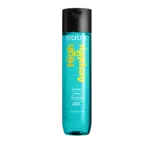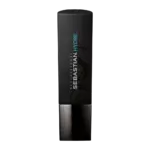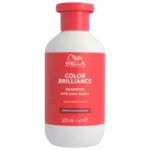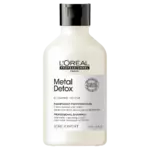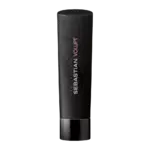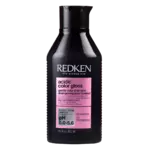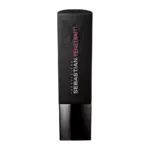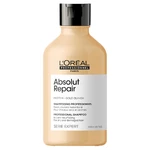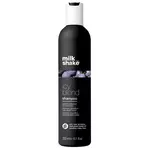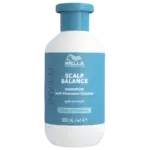-
Brands
0 - 9ab
- BABOR
- Babyliss Pro
- Bapscarcare
- Barbicide
- Bare By Vogue Williams
- barnum
- BCL SPA
- Beardmen
- Beauty Pillow
- Beautyblender
- BeautyLash
- Better Be Bold
- Bio Oil
- Bioderma
- Biolage
- Biosilk
- Biotherm
- Bondi Sands
- Booby Tape
- Bouclème
- Bourjois
- Braun
- Briogeo
- BRITA
- Bronz'Express
- Brush on Block
- Bullfrog
- Bumble and bumble
- BYBI
cfgimqrs- S-Pro
- Sage
- Salon B
- Salonline
- Salontopper
- Samenwerkende Pedicures
- Sashapure
- Sassoon
- Scarban
- Schwarzkopf Professional
- Scrub & Rub
- Sea Magik
- Sebastian Professional
- Sendo
- Serge Lutens
- Sesderma
- Sexy Hair
- Shampoobars
- SheaMoisture
- Sibel
- Siemens
- Siemens/Bosch
- Silk'n
- Skin Supplements
- Smilepen
- Solaris
- Spa of Iceland
- Spongellé
- Sthauer
- Styledry
- Suavecita
- Suavecito
- Sugarbearhair
- Suntribe
- Superli '37
- Sutra
- SUVA
- SVR
- Swann-Morton
- SWEED
- Swiss Perfection
- System Professional
- Hairproducts
- Beauty
- Body & Skin
- Tools
- Salon Supplies
- Men
- New
- Outlet
Shampoo
In the quest for the perfect hair care routine, choosing the right shampoo is animportant step. With a plethora of options on the market, it can be challenging to know what really works for your unique hair type and needs: from shampoos for coloured hair to sulphate-free formulas. Let'sexplore the world of shampoo and look for your perfect product.
1 - 24 from 1.102,
per page
sorting
Shampoo: different types and their main ingredients
We take you through a brief overview of the most commonly used shampoos.
- Shampoo for coloured hair: these shampoos are specially designed to protect coloured hair and preserve the vibrancy of the colour. They often contain UV filters to protect hairfrom sun damage, among other things, which can fade colour. Ingredients such as antioxidants and moisturisers help strengthen the hair's structure and prevent dehydration, helping the colour stay beautiful for longer.
- Anti-dandruff shampoo: this is aimed at people who suffer from dandruff and an itchy scalp. These shampoos contain active ingredients such as zinc pyrithione, ketoconazole or tar. These ingredients have antifungal properties that help control Malassezia yeast, a common cause of dandruff. They also soothe irritated scalp and also reduce flaking.
- Volume shampoo: ideal for fine or thinning hair. These shampoos contain lightweight formulas that don't weigh hair down with ingredients like panthenol (vitamin B5). This penetrates the hair to moisturise and thicken it from within, making hair appear fuller and more voluminous without weighing hair down.
- Sulphate- and paraben-free shampoo: these shampoos are gentler on the hair and scalp, which is perfect for people with sensitive skin or those who prefer more natural hair care products. Without harsh cleansers such as sulphates, they cleanse the hair without stripping the natural oils. This keeps hair hydrated and healthy.
- Silver shampoo: specially designed for grey, white or bleached hair. These shampoos help neutralise unwanted yellow or coppery tones thanks to the purple or blue pigments. They enhance the cool tones of the hair, making it look fresher and brighter. Moreover, they usually provide hydration and protection to improve the condition of the hair.
A shampoo for your hair problem
For every hair problem, there is a solution and different types of shampoos that canhelpyou with it.
- Hair loss: look for products that stimulate the scalp and strengthen hair follicles. Ingredients such as biotin, caffeine and minoxidil can be effective here. A shampoo against hair loss with caffeine or biotin can help strengthen the hair roots. Also consider using a serum or treatment containing minoxidil to stimulate hair growth.
- Dryness: with dryness, hydration is crucial. Use moisturising shampoos and conditioners. Leave in a deep-nourishing hair mask regularly. So choose a sulphate-free shampoo with moisturising ingredients such as argan oil, shea butter or coconut oil.
- Damaged hair from heat or chemical treatments: limit exposure to heat and chemical processes whenever possible. In addition, use protective products before and after styling. A restorative shampoo and conditioner with proteins such as keratin will help repair the hair structure. A leave-in conditioner or serum with heat protection is also important when using heat styling tools.
- Frizzy hair: manage frizz by moisturising and softening hair. Avoid washing with hot water as this can open the hair cuticles and eventually lead to more frizz. Look for silicone-free serums or oils like argan oil that can help smooth hair and reduce frizz. Of course, an anti-frizz shampoo and conditioner can also help with this.
- Split ends: regular trimming is the only solution for split ends, but certain products can help prevent further splitting. A leave-in treatment or hair oil aimed at sealing the hair ends can temporarily help improve the appearance of split ends. For this, look for products with natural oils or silicones.
- Oily hair: first of all, it is important not to wash your hair too often. This can actually stimulate sebum production. For example, use dry shampoo between washes to absorb excess grease. A balancing or clarifying shampoo can help regulate sebum production without drying out the scalp. In addition, use a light conditioner just for the ends of your hair.
Find the best shampoo at Salontotal.com
The search for the perfect shampoo for your hair type does not have to be an endless journey. Focus on your specific needs and understand the power of the ingredients. This will help you find a product that not only cleanses your hair, but also nourishes and protects it.
Frequently asked questions
How do you use a shampoo?
Every product is used differently, of course, but a standard method for washing your hair is as follows:
- Step 1: wet hair from root to tip
- Step 2: apply shampoo to the hair roots and lengths
- Step 3: massage the product onto the scalp and hair until it foams
- Step 4: rinse all the foam well from the hair
- Tip: it's best to wash the hair twice. So repeat step 1 to step 4.
Which shampoo is good for my hair?
What your hair needs depends entirely on the type and condition of your hair. Is your hair straight or curly? Do you have your own colour, do you dye or blonde your hair? Is your hair in healthy condition or damaged? All factors that play a role in the choice of product. Filter the different factors on this page to find out what your hair needs.
What is a mild shampoo?
Many people look for mild or gentle hair products because their hair or scalp is sensitive. A common problem then is dryness or itching on the scalp. This can be caused by the sulphates added to hair products. If you are looking for mild cleansing of hair and scalp, look for a shampoo without sulphates.
